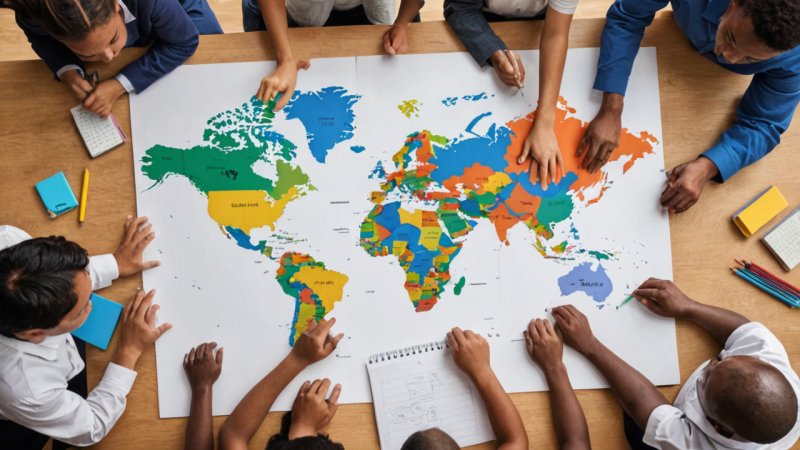Education is a fundamental human right and a powerful vehicle for social change. However, many education systems around the world face numerous challenges that hinder their effectiveness. From lack of resources to outdated teaching methods, improvements are necessary to ensure that every child has access to quality education. Here are some top strategies that can be implemented to enhance education systems globally.
1. Invest in Teacher Training
Quality education begins with quality teachers. Ensuring that educators are well-trained and supported is critical for student success. Ongoing professional development should be prioritized, providing teachers with the latest pedagogical techniques and subject knowledge. This not only empowers teachers but also fosters a culture of continuous improvement within schools.
2. Embrace Technology in the Classroom
Integrating technology can enhance learning experiences. Education systems should leverage digital tools and resources to engage students and facilitate personalized learning. Access to online resources, educational software, and interactive learning platforms can help bridge the gap between traditional and modern learning environments.
3. Foster Inclusive Education
Every child deserves the right to learn. Education systems must adopt inclusive practices that cater to diverse learning needs. This includes providing adequate support for students with disabilities, as well as encouraging gender equality and cultural sensitivity in curricula. Creating an inclusive environment not only benefits marginalized groups but enriches the learning experience for all students.
4. Prioritize Early Childhood Education
Investing in early education yields long-term benefits. Research shows that early childhood education significantly impacts future academic success and social development. Governments and organizations should prioritize access to quality preschool programs to ensure that children are prepared for the challenges of formal education.
5. Encourage Community Engagement
Community involvement is crucial for sustainable education. Schools should actively engage with parents, local organizations, and community leaders to create a supportive educational environment. By fostering partnerships and collaboration, education systems can enhance resources, share best practices, and build strong support networks for students.
6. Implement Holistic Curriculum Design
Education should encompass more than just academics. A well-rounded curriculum that includes social-emotional learning, physical education, arts, and life skills prepares students for real-world challenges. Holistic education promotes critical thinking, creativity, and resilience, equipping students to navigate complex life situations.
7. Ensure Adequate Funding and Resources
Financial investment is essential for improvement. Governments and educational institutions must prioritize funding for schools, ensuring that every student has access to essential resources such as textbooks, technology, and safe learning environments. Adequate funding can help reduce class sizes, improve infrastructure, and provide necessary support services.
8. Promote Lifelong Learning Opportunities
Education doesn't end at graduation. To adapt to a rapidly changing world, education systems should promote lifelong learning initiatives. This includes vocational training, adult education programs, and online courses that cater to individuals seeking to enhance their skills or pursue new career paths.
9. Strengthen Assessment and Accountability
Measuring success is key to improvement. Education systems should implement effective assessment strategies that evaluate student learning and institutional performance. Regular assessments can help identify areas for improvement and hold educators accountable for student outcomes. This data-driven approach ensures that resources are allocated where they are most needed.
10. Advocate for Policy Reform
Advocacy is essential for systemic change. Individuals and organizations should work together to advocate for education policy reforms that prioritize equity, access, and quality. Engaging in policy discussions and raising awareness about educational issues can lead to meaningful changes at local, national, and international levels.
In summary, improving education systems worldwide requires a multifaceted approach that encompasses teacher training, technological integration, inclusivity, and community engagement. By implementing these strategies, we can create educational environments that not only enhance academic achievement but also foster holistic development for all learners. Together, we can drive the change needed to ensure that every child has the opportunity to thrive in their education.






